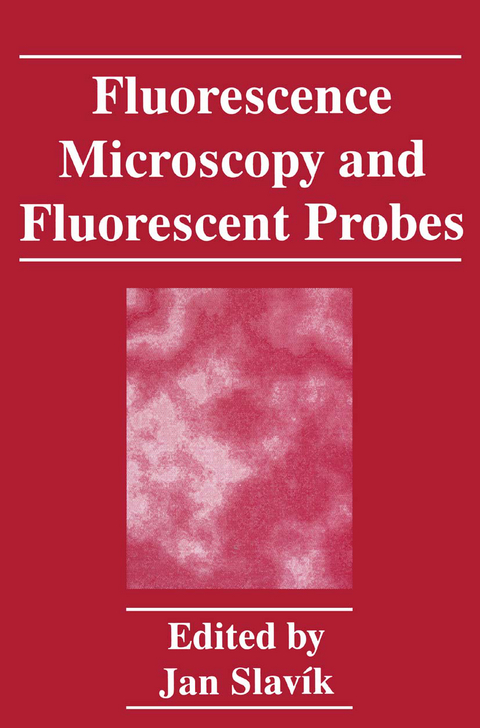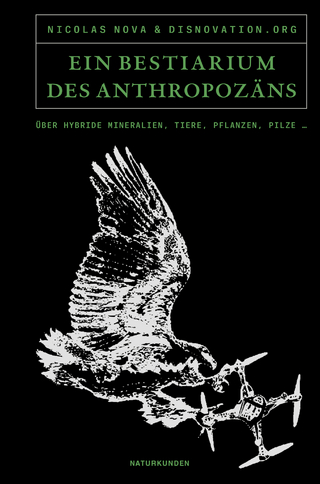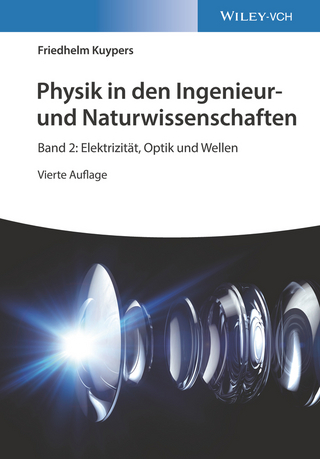
Fluorescence Microscopy and Fluorescent Probes
Kluwer Academic/Plenum Publishers (Verlag)
978-0-306-45392-2 (ISBN)
Fluorescence microscopy images can be easily integrated into current video and computer image processing systems. People like visual observation; they like to watch a television or computer screen, and fluorescence techniques are thus becoming more and more popular. Since true in vivo experiments are simple to perform, samples can be directly seen and there is always the possibility of manipulating the samples during the experiments; it is an ideal technique for biology and medicine. Images are obtained by a classical (now called wide-field) fluorescence microscope, a confocal scanning microscope, upright or inverted, with epifluorescence or transmission. Computerized image processing may improve definition, and remove glare and scattered light signal. It also makes it possible to compute ratio images (ratio imaging both in excitation and in emission) or lifetime imaging. Image analysis programs may supply a great deal of additional data of various types, starting with calculations of the number of fluorescent objects, their shapes, brightness, etc. Fluorescence microscopy data may be complemented by classical measurement in the cuvette yr by flow cytometry.
Fluorescence Microscopy and Fluorescent Probes.- Fluorescence Microscopy: State of the Art.- Fluorescence Lifetime-Resolved Imaging Microscopy: A General Description of Lifetime-Resolved Imaging Measurements.- Confocal Fluorescence Lifetime Imaging.- Multidimensional Fluorescence Microscopy: Optical Distortions in Quantitative Imaging of Biological Specimens.- Fluorescent Probes.- Flow Cytometry versus Fluorescence Microscopy.- Multichannel Fluorescence Microscopy and Digital Imaging: On the Exciting Developments in Fluorescence Microscopy.- Fluorescence Lifetime Imaging and Spectroscopy in Photobiology and Photomedicine.- A Versatile Time-Resolved Laser Scanning Confocal Microscope.- Ion-Sensitive Fluorescent Probes.- Disappearance of Cytoplasmic Ca2+ Oscillations Is a Sensitive Indicator of Photodamage in Pancreatic ?-Cells.- Distribution of Individual Cytoplasmic pH Values in a Cell Suspension.- The Effect of Lysosomal pH on Lactoferrin-Dependent Iron Uptake in Tritrichomonas foetus.- On the Protein-Error of the Calcium-Sensitive Fluorescent Indicator Fura-Red.- Cytoplasmic Ion Imaging: Evidence for Intracellular Calibration Heterogeneities of Ion-Sensitive Fluoroprobes.- The Effect of Protein Binding on the Calibration Curve of the pH Indicator BCECF..- Artifacts in Fluorescence Ratio Imaging.- Use of Fluorescent Probes and CLSM for pH-Monitoring in the Whole Plant Tissue: pH Changes in the Shoot Apex of Chenopodium rubrum Related to Organogenesis.- Spatial Resolution of Cortical Cerebral Blood Flow and Brain Intracellular pH as Measured by in Vivo Fluorescence Imaging.- Membrane Potential-Sensitive Fluorescent Probes.- Is a Potential-Sensitive Probe diS-c3(3) a Nernstian Dye?: Time-Resolved Fluorescence Study with Liposomes as a Model System.- Kinetic Behavior ofPotential-Sensitive Fluorescent Redistribution Probes: Modelling of the Time Course of Cell Staining.- Speed of Accumulation of the Membrane Potential Indicator dis-c3(3) in Yeast Cells.- Spectral Effects of Slow Dye Binding to Cells and Their Role in Membrane Potential Measurements.- Exploitation of Rhodamine B in the Killer Toxin Research.- Fluorescent Probes for Nucleic Acids.- “In Situ” Estimates of the Spatial Resolution for “Practical” Fluorescence Microscopy of Cell Nuclei.- Requirements for a Computer-Based System for FISH Applications.- Fluorescent Dyes and Dye Labelled Probes for Detection of Nucleic Acid Sequences in Biological Material.- Fluorescence in Situ Hybridization (FISH) in Cytogenetics of Leukemia.- Estimation of “Start” in Saccharomyces cerevisiae by Flow Cytometry and Fluorescent Staining of DNA and Cell Protein.- Fluorescence Image Cytometry of DNA Content: A Comparative Study of Three Fluorochromes and Four Fixation Protocols.- Fluorescent Labels, Fluorescent and Fluorogenic Substrates.- In Vivo Tissue Characterization Using Environmentally Sensitive Fluorochromes.- Sensitive and Rapid Detection of ß-Galactosidase Expression in Intact Cells by Microinjection of Fluorescent Substrate.- Fluorogenic Substrates Reveal Genetic Differences in Aldehyde-Oxidating Enzyme Patterns in Rat Tissues.- Binding of Prothrombin Fragment 1 to Phosphatidylserine Containing Vesicles: A Solvent Relaxation Study.- New Thiol Active Fluorophores for Intracellular Thiols and Glutathione Measurement.- Quantification of Macrophages in the Cardiovascular System of Hypercholesterolemic Rabbits by Use of Digital Image Processing.- Fluorescence Assay for Studying P-Glycoprotein Function at Single Cell Level.- Alterations of Vimentin-Nucleus Interactions as anEarly Phase in Cholesterol Oxide-Induced Endothelial Cell Damage.- Fluorescence Microscopy of Rye Cell Walls from Kernels to Incubated Doughs.- Practical Approach for Immunohistochemical Staining of Muscle Biopsies.- Digital Image Analysis.- Rapid Automatic Segmentation of Fluorescent and Phase-Contrast Images of Bacteria.- Use of Confocal Microscopy for Absolute Measurement of Cell Volume and Total Cell Surface Area.- Cell Volume Measurements Using Confocal Laser Scanning Microscopy.- Subcellular Cytofluorometry in Confocal Microscopy.- Application of Confocal Microscopy to 3-D Reconstruction and Morphometrical Analysis of Capillaries.- Retrieving Spatio Temporal Information from Confocal Data: A Study Using Melanotrope Cells of Xenopus laevis.- Dynamics of Actin Measured by Fluorescence Correlation Microscopy (FCM).
| Erscheint lt. Verlag | 31.10.1996 |
|---|---|
| Zusatzinfo | XVIII, 306 p. |
| Verlagsort | New York |
| Sprache | englisch |
| Maße | 155 x 235 mm |
| Themenwelt | Naturwissenschaften ► Biologie ► Allgemeines / Lexika |
| Naturwissenschaften ► Biologie ► Zoologie | |
| Naturwissenschaften ► Chemie ► Analytische Chemie | |
| Naturwissenschaften ► Physik / Astronomie ► Angewandte Physik | |
| ISBN-10 | 0-306-45392-4 / 0306453924 |
| ISBN-13 | 978-0-306-45392-2 / 9780306453922 |
| Zustand | Neuware |
| Haben Sie eine Frage zum Produkt? |
aus dem Bereich


